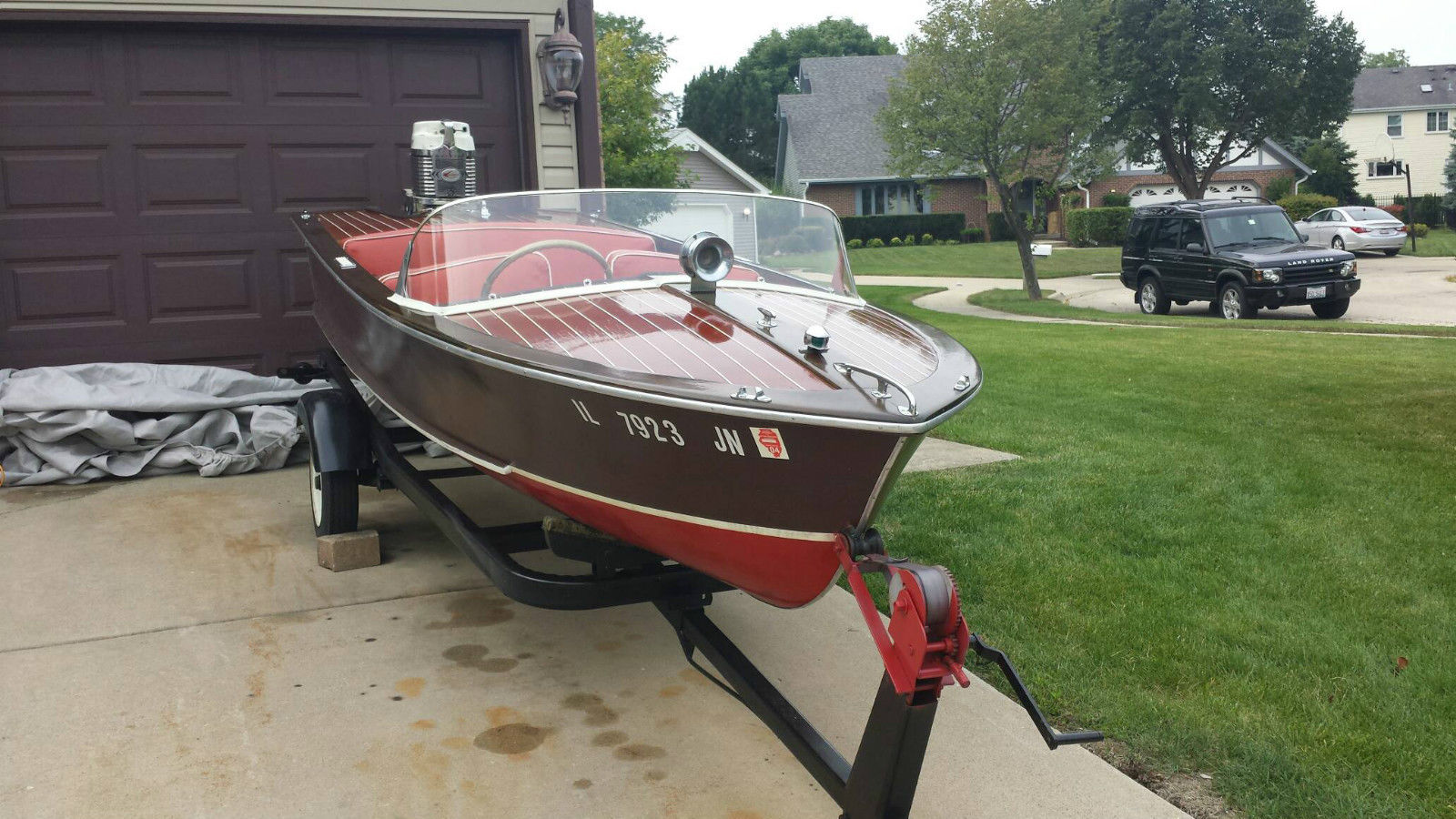
Water molecules penetrate into a susceptible laminate by seeping through the gelcoat and wicking along the glass fibers. Glass fibers are, but over time some polyester resins proved to be surprisingly soluble. Once upon a time people thought fiberglass hulls were inert in contact with water. The two destructive agents at work on a glass laminate are: moisture, which can attack resin or seep into cored laminates, and flexing, which not only breaks individual glass fibers but also causes layers of glass or core to de-bond and separate, an evil known as “delamination.” Blisters Casebook Cross section of a typical fiberglass osmosis blister.

Like wood, glass hulls are not immune to the forces of nature, but here it is not biology but chemistry and physics working against them. Unfortunately, a fiberglass hull is practically monolithic, a “one-shot” deal, and if the hull is just plain tuckered out, what can you do? There are a few options for structurally repairing the whole hull but none of them are easy and may make a refit impractical. If the ongoing replacement of degraded parts is carried out diligently, there is no theoretical upper time limit to how long a wood boat will last. The restoration of a wood hull can be carried out one plank or rib at a time. Wood hulls may be made from biodegradable materials but at least they have replaceable parts. Now that some are old enough to qualify as “classics,” older glass boats sporting impeccable urethane paint jobs are beginning to get their share of the “oohs” and “aahs.”ĭespite the fact that wooden boat restorers wear their heroic mantle proudly and snort at the notion that an old glass hull could present serious refit obstructions, in comparison to fiberglass, the nature of wood construction simplifies hull repairs. Nonetheless, fiberglass has been around for over 50 years and has become the recreational boatbuilder’s material of choice. Everyone takes notice of a gleaming mahogany runabout or gaff-rigged wooden sloop that typifies the world of antique and classic boats. The refit or restoration of an old boat is one of those endeavors that appear to have no practical value but can be very satisfying emotionally to the appreciative eye. Besides knowing a boat’s age and engine hours, here’s what you need to consider before refitting or restoring a fiberglass boat, including boat type and usage, hull construction, structural problems and mechanical damage.


 0 kommentar(er)
0 kommentar(er)
